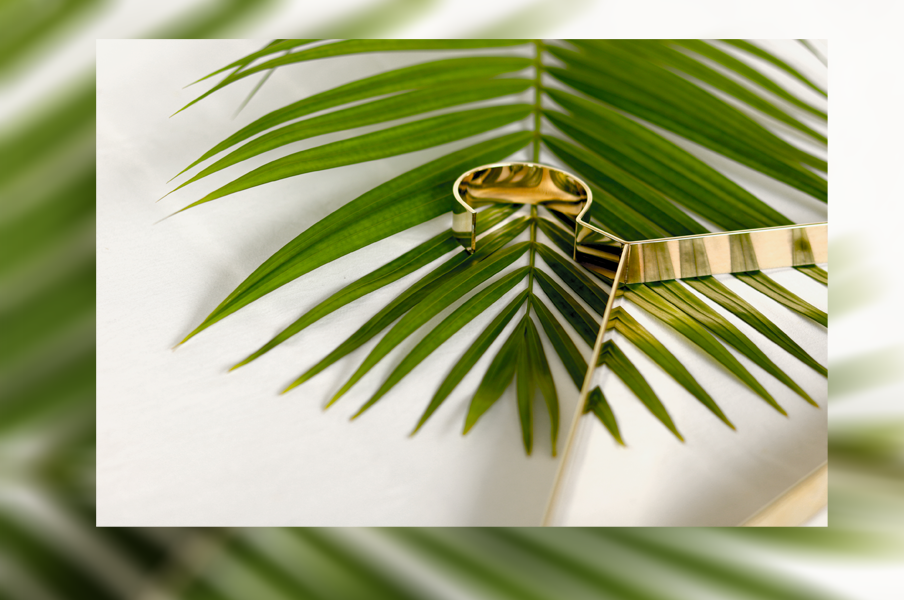Being a conscious consumer can impact your life in big ways. Not only is it good for your wallet but for the environment too. So why we care about our personal finances is quite obvious to most people. And it is perfectly fine to be a conscious consumer for that reason alone. But I’d like to take a moment and talk about what being good to the environment really means. As a Scandinavian I am raised to love nature and have a fair amount of it around me in spite of living in Stockholm (the biggest city in Scandinavia). When discussing the environment and what we should, could and would do for it I feel there is a disconnect. We talk about the environment like this big non-tangible, elusive concept that we can make feel better if we drive our cars less. When it is really much simpler than that. The environment, wait for it, is the nature around you. Mind blown, right?! 😉 And while I don’t like camping, and might not be described as outdoorsy by my friends, I do love nature. I love walking in it, being in it and breathing the fresh air. And I’d like to continue doing so, don’t you? Enough rambling! Here are some tips on how we can be conscious consumers for our wallets and nature too.
Don’t buy it
Ask yourself, Do I need it? Unless it’s food, I’m guessing that the answer to this question is more often than not NO. Be real with yourself, if you’re not a hardcore minimalist then you have and will continue to buy stuff that you don’t need. And that’s OK, just don’t overdo it. The hard part is finding the balance and that’s where this question might help. Make a routine of it.
Buy things that last
In today’s world there is unfortunately a phenomenon called planned obsolescence*. It’s basically how companies engineer their products to fail after a set time. Whether it is and engineering feat, like for the tech industry, or just how the market is built, like the fashion industry, this is a good thing to be aware of as a conscious consumer. Do your research, read reviews for a product, and find out if it breaks easily, or is worth your buck. The same goes for fashion and interiors, will you tire of the yellow one first or the one in navy? And when a company has a reputation for making things that last, they are most likely worth the investment.
Plan your purchases
As I just mentioned, researching the products you are about to buy is a good way to know what to spend your money on, or not. This is one part of planning your purchases. While researching products online can be quite quickly done with your smartphone. Other aspects of planned purchases takes a bit more time and restraint. Yes, I’m talking about avoiding impulse buys and saving your money for that investment piece you’ve been eyeing for ages. This could mean that you suddenly can afford that designer armchair missing from your living room or that you can finally take that trip to Argentina. No take away latte or plastic sunnies are worth that in the long run.
Don’t be afraid to ask
A big part of being a conscious consumer is actually to communicate with the brand itself. Who better to answer your questions of where this leather comes from than the people working there? And that is also a great way to let your preferences and demands be know to the brand. They really want to please you, after all they wouldn’t exist without its customers. And if they don’t know the answers to your questions and don’t make an effort to find out, then maybe you should move on. Next please!
Do you have any shopping hacks we need to know about? Did you like this kind of post? I’d love to know, leave me a comment down below <3
*This started with the light bulb industry in the 1920 when big companies like GE, Philips and Osram saw an opportunity to increase sales. If you want to know more you can read the Economist article on Planned Obsolescence here or watch the documentary The light bulb Conspiracy.

